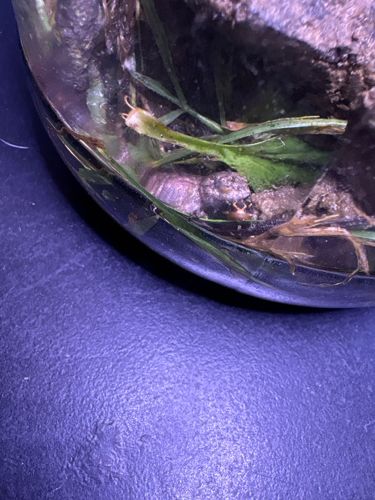Amphipod (Scud)
Scientific Name: Various species within the Order Amphipoda (e.g., Gammarus spp.)
Order & Family: Order: Amphipoda, Various families (e.g., Gammaridae, Talitridae)
Size: Typically 5 mm to 20 mm (0.2 to 0.8 inches) in length, though some species can be larger or smaller.

Natural Habitat
Amphipods are found in a wide variety of aquatic habitats, both freshwater and marine. In freshwater, they are common in lakes, ponds, streams, and rivers, especially in areas with abundant submerged vegetation or leaf litter. They prefer cool, oxygen-rich waters and are often found in benthic zones.
Diet & Feeding
Amphipods are generally omnivorous detritivores and scavengers. Their diet primarily consists of decaying organic matter such as leaves, algae, and detritus found on the bottom of aquatic environments. Some species may also graze on biofilm or small invertebrates.
Behavior Patterns
Amphipods are primarily detritivores and scavengers, actively foraging for decaying organic matter. Many species are nocturnal, hiding during the day and becoming active at night. They are known for their characteristic 'scudding' or 'sideways' swimming motion and can often be found darting among vegetation or benthic substrates. They reproduce sexually, with females carrying eggs in a brood pouch. Their lifespan varies among species but typically ranges from several months to a year.
Risks & Benefits
Amphipods are crucial components of aquatic food webs, serving as a significant food source for fish, aquatic insects, and birds. They play an important role in breaking down organic matter and recycling nutrients, contributing to water quality. They are often used as bioindicators of water quality due to their sensitivity to pollution. There are no known risks to humans from amphipods.
Identified on: 8/12/2025